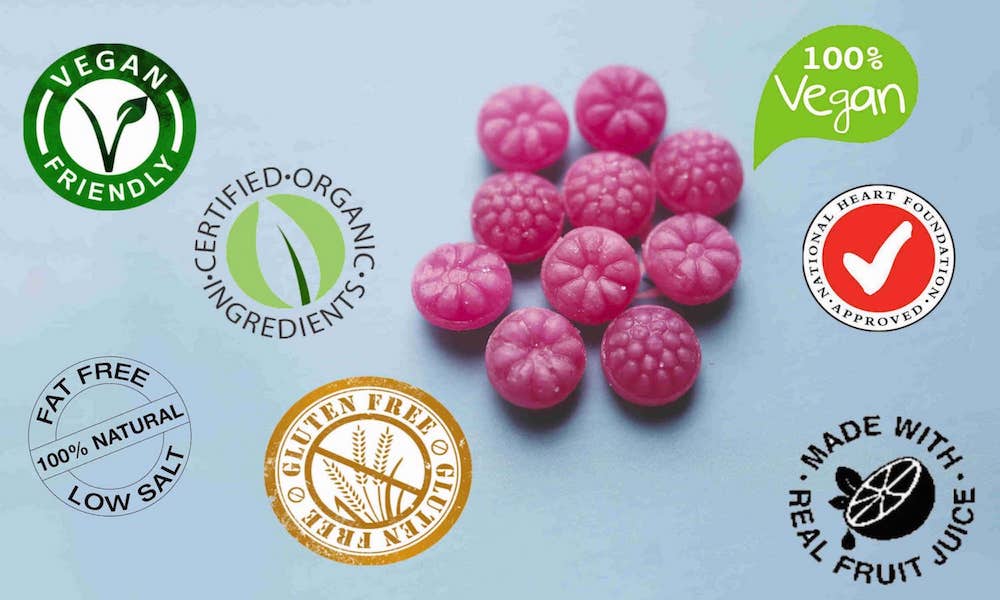Healthy. Organic. Gluten free. Fat free. No Added Sugar. Do these labels sound familiar?
They’re a great way for a company to sincerely inform you of the positive aspects of their product.
But more often than not, they’re used to mislead you into believing that what you’re buying is somehow “good for you”.
This leads to problems if you’re not aware of exactly what a claim means.
Let’s look at a typical example:
- Stacey has just started a new diet, and is browsing her local supermarket
- Stacey buys a pack of nut bars that claim to be a “healthy snack”
- Every time Stacey gets hungry between meals, she nibbles on a nut bar
- 2 weeks and a couple boxes later, Stacey is 2 pounds heavier
This can be a very frustrating experience for Stacey, who was under the impression that replacing her favourite chocolate with this “healthy snack” would help her lose weight.
Stacey’s weight loss woes can be attributed to clever marketing blended with a lack consumer understanding. Like many people, Stacey has associated the word “healthy” to “low calorie”. But “healthy” and “low calorie” do not mean the same thing.
Food is usually deemed healthy (or “good for you”) if it has a lot of micronutrients (i.e. vitamins & minerals), regardless of its macronutrient content. Macronutrients are fat, protein and carbohydrates. They define the calorie content of your food, and hence the success of your weight loss efforts.
If Stacey were brave enough to flip the box and read the nutrition label, she would find that these healthy nut bars have a lot of fat in them.
Although many would argue these to be “healthy fats”, this does not relieve them of their high calorie content – easily leading to unwanted weight gain if you’re not careful with your portion sizes.
Note that the supplier hasn’t actually lied about their product. Nuts are healthy. It’s just that food can be healthy without being low in calories – nuts being a prime example.
The confusion between healthy and low calorie foods can lead people to believe that a product is something it’s not.
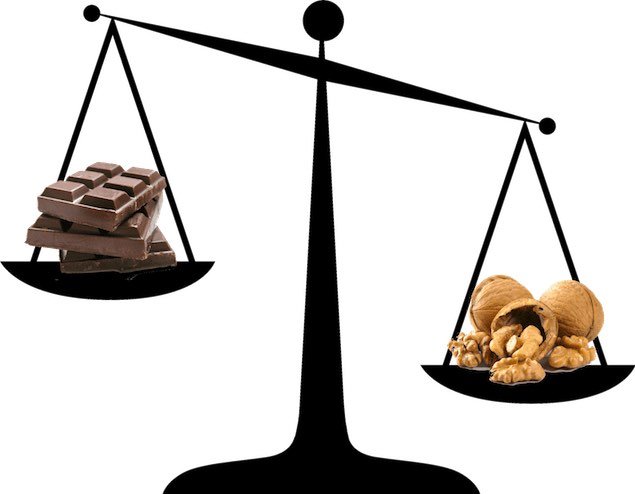
Walnuts actually contain more calories per gram than chocolate, with around ~65 calories/10g, while chocolate is ~50-60 calories/10g [1] [2]
Nut bars aren’t evil.
They’re just one of the many products who are a regular target of disingenuous marketing.
Candy is another common target, which frequently boasts about having “No Artificial Colours or Flavours” or being “99% Fat Free”.
The number of people who read these labels and think “These are good for me” is concerning. Once familiar with this type of advertising, you’ll instead instantly conclude: “Made with 100% Sugar”.
Now I’m not saying that sugar is the devil and you should avoid it at all costs – because it definitely isn’t and you definitely shouldn’t.
But when you indulge on a sweet treat it’s important to be aware that it is just that – a sweet treat.
Otherwise there’ll be no guilt holding you back from heading down to your local McDonalds and ordering a big mac and fries for round 2. I mean, why not – you’ve eaten so well today!
An eating habit like this can easily lead to unwanted weight gain.

Don’t worry – it’s Gluten Free
This isn’t purely a marketing problem.
If a candy company wants to accurately label its product as having “No Artificial Colours or Flavours”, they should be able to. That way those looking to buy candy without artificial colours or flavours will be able to easily identify what products they can choose from.
To fix this issue long term, we need to bridge the gap in consumer knowledge. “No Artificial Colours or Flavours” on a pack of candy should not distract you from the candy’s 100% sugar content.
Although it would be convenient, it’s unrealistic to expect a company to actively market such information. Until crooked teeth become fashionable, we probably won’t see:
“No artificial colours or flavours. Boatloads of sugar.”
— Nestlé
The underlying issue is the information asymmetry between suppliers and consumers. Suppliers know exactly what’s in their products. Consumers don’t.
So a consumer must read and interpret a product’s labelling. But the goal of most labelling is to sell, not to inform. So a consumer must be able to correctly interpret what a label (or buzzword) means.
Although the average consumer is better at reading a label than they used to be, that doesn’t say much.
I’ve known people who thought a product was “healthy” purely because it was labelled “Low in salt!” – which is what I imagine a marketer’s wet dream to be like.
Not to forget:
- High sugar cereals that justify being good for kids because of the vitamins and minerals they smuggle into the ingredients list.
- “No Added Cane Sugar!” drinks that swap the cane sugar for fruit sugar (fructose).
- The “Heart Foundation Tick of Approval” being slapped onto anything low in fat.
With all these options available to mislead the uninformed consumer, it’s no wonder that people find proper nutrition to be so disheartenedly confusing.

“What the heck is a ‘Wholegrain Tick’?”
So let’s shed some light on some of the most common and pernicious marketing techniques. The table below outlines:
- Common food labels
- What they’re generally interpreted to mean
- What they really mean
- What to keep in mind when you read them (red flags)
I’ve also mentioned the types of food that typically feature these labels. Stacey’s love handles never stood a chance. (If you’re looking to figure out your own calories, check out our lean gains calculator).
| Label | What Stacey Thinks It Means | What It Really Means | What To Look Out For |
|---|---|---|---|
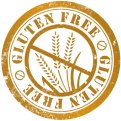
|
Somehow it has become common knowledge that anything gluten free is healthy. | It lacks gluten, a protein found in wheat. ~1% of the population are unable to digest gluten. | Everything. This is a red flag. Despite what some may tell you, a product being gluten free does not provide any information about its nutritional value. |

|
Anything free of fat is good for me and/or will help me lose fat. | The product has less than 1% of its calories derived from fat. | High sugar content. It’s a very common label among candy companies. That is ridiculous since nearly all candy is inherently 99% Fat Free. |
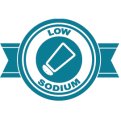
|
Salt is the demon child of its sugar daddy. Thus, anything low in salt is good – right? | There isn’t much salt. That’s it. That’s all it means. | Everything. A product bragging about this is a red flag. |
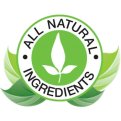
|
Anything natural is good for me. | Natural is defined as “something that exists in nature”. For reference, Arsenic is also 100% natural (please don’t eat arsenic). | Its fat and sugar content, especially the latter. Products that use a lot of sugar love this label. |

|
(1) No added sugar is the same as having no sugar at all (2) It’s good for me, because sugar is always bad and I should avoid it. | They haven’t added any sugar to their product. Note that a product can have a very high sugar content and still have no added sugar. | Its fat, sugar, and calorie content. A stick of butter has no added sugar, but you wouldn’t assume it’s healthy just because I slapped that label on it would you? |
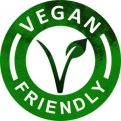
|
Vegans are typically skinny and healthy. So if vegans eat it, it must be good. | No animal or animal products were used or harmed in the creation of the product. | The calorie content. These products usually sit at the extremes, being either very low calorie (coconut water ice-cream) or very high calorie (nut-related products). |
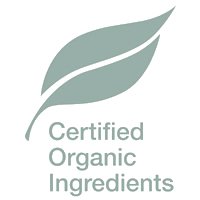
|
In the words of a friend: “It means it’s clean”. | “Organic agriculture produces products using methods that preserve the environment and avoid most synthetic materials, such as pesticides and antibiotics”. | Being good for the environment is great, but it is not a good indicator of its nutritional value. |
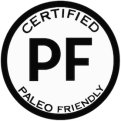
|
My ancestors were nutrition experts. Thus anything Paleo MUST be healthy. | Unnecessary restrictions on what you can and can’t eat (why can’t I have my peanuts and coffee again?). | Everything. Although more specifically many paleo foods can be deceptively high in calories. |
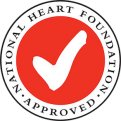
|
The Heart Foundation said it’s good for my heart. Hence it must be good for me. | “…varieties that are lower in saturated fat, trans fat, salt, and kilojoules, and contain ingredients and nutrients that are better for you, like fibre, calcium, whole grains and vegetables” – The Heart Foundation | The Heart Foundation is glued to the idea that fat is bad for the heart and sugar is a non-issue. As such, many foods with extremely high sugar levels have this tick. |

|
I’m not sure what a whole grain is, but it sounds kind of nutritious. | The grain has the bran, the endosperm, and the germ in tact. | Having all three parts of the grain does not make a product healthy and/or low calorie. If this is the best a product has to brag about, it’s junk. |
Hopefully this will help you on your next trip to the supermarket – or at the very least give you a good laugh.
I was dumbfounded when I first started flipping around boxes and reading the ingredients and nutrition panel of so-called “healthy foods”.
If a lot of what you’ve just read is new to you – you have been warned.
